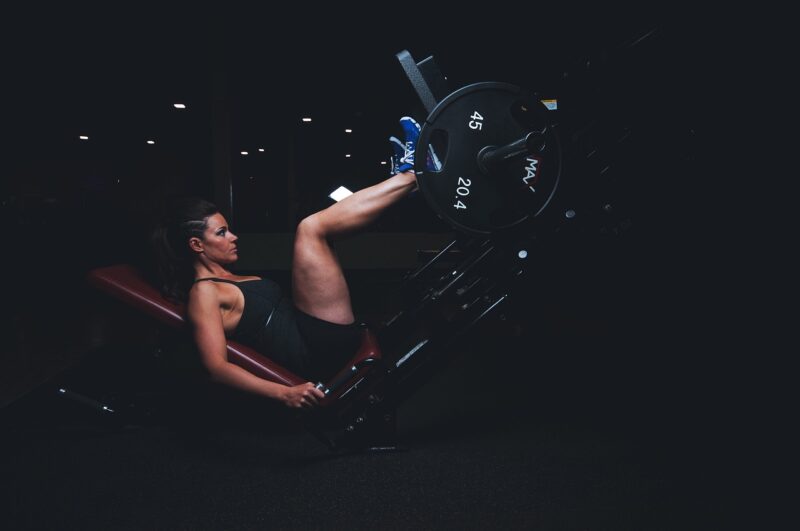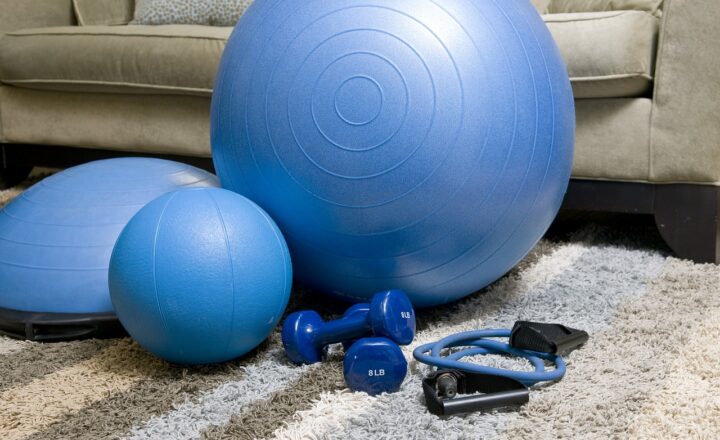
Creating a home gym can be an incredibly rewarding project, particularly for those who want to maintain their fitness routine without the hefty price tag of a commercial gym membership. With just a few strategic choices and some creativity, you can assemble a budget-friendly home gym that fits in any space.
1. Assess Your Space
Before you dive into equipment purchases, take some time to evaluate the space you have available. Whether it’s a spare room, a basement, or even a corner of your living room, measuring your area is essential to determine what kind of equipment will fit. Focus on areas that can serve as multipurpose spaces.
Key Considerations:
– Flooring: If you’re working on a hard surface, consider investing in foam mats or rubber flooring to protect your floors and provide traction.
– Ventilation: Make sure the space is well-ventilated to make your workouts comfortable.
– Storage: If the space is limited, you’ll need to think about how to organize your equipment neatly.
2. Set Your Fitness Goals
Determining what kind of workouts you will do in your home gym is essential. Are you focused on strength training, cardio, yoga, or a combination? Clear goals will help guide your equipment choices.
Examples of Goals:
– Building strength with weights
– Improving endurance with cardio workouts
– Practicing yoga and flexibility exercises
Knowing your primary focus will help you prioritize purchases.
3. Choose Essential Equipment
A fast track to a budget-friendly gym is to focus on essential items that offer versatility.
Here are some must-have items you may consider:
– Resistance Bands: Affordable and versatile for strength training, flexibility, and rehabilitation exercises.
– Dumbbells: Opt for adjustable dumbbells that can provide varied weights without taking up much space.
– Yoga Mat: Essential for stretching, yoga, and floor exercises.
– Jump Rope: Fantastic for cardio workouts with very little investment.
– Stability Ball: Great for core work, balance training, and can double as a seat.
– Kettlebells: These provide an effective way to mix strength and cardio workouts.
You can find these items at affordable prices, often second-hand or discounted at local sporting goods stores.
4. Get Creative with DIY Solutions
Utilizing household items can make for cost-effective gym solutions. Here are some innovative ideas:
– Water Jug Weights: Fill old water jugs with sand or water for makeshift dumbbells.
– Backpack with Books: Use a filled backpack for added resistance during bodyweight exercises or for weighted squats.
– Stairs: Use the steps of your home for a layered workout experience, engaging your legs and building cardiovascular strength.
– Towels: Use them for resistance in your workouts or as sliders for core training on a smooth surface.
Embracing a DIY philosophy can harness your creativity while cutting costs significantly.
5. Create an Inspiring Environment
Having a motivating workout space can boost your commitment. Here are a few tips to create an inspiring environment:
– Bright Colors: Use bright paints or decor to energize the space.
– Mirrors: Adding mirrors can make the space feel larger and offer the benefit of checking your form during workouts.
– Motivational Quotes: Decorate the walls with slogans to keep you inspired.
– Lighting: Ensure your space has good lighting to create an inviting atmosphere.
Creating a personalized environment can make working out more enjoyable and keep you accountable to your fitness goals.
6. Develop a Workout Plan
Now that you have your space and equipment ready, it’s time to develop a workout plan that suits your goals and the available equipment. Here’s how to go about it:
– Set a Schedule: Decide how many days a week you can realistically work out, aiming for at least 3-5 sessions.
– Mix It Up: Create a balanced workout plan that includes strength training, cardiovascular work, flexibility and recovery sessions.
– Document Your Progress: Keep a journal or digital log to track your workouts and improvements.
Consistency and variety are key to maintaining motivation and achieving fitness goals.
7. Don’t Forget About Community and Support
A home gym doesn’t mean you have to work out alone. Seek out community support to stay motivated:
– Online Groups: Join fitness communities on social media platforms to share your experiences and challenges.
– Workout Buddies: Invite a friend to join you for workout sessions, even virtually via video calls.
Having a support network can keep you accountable and engaged in your fitness journey.
Conclusion
Building a DIY home gym on a budget may seem challenging, but with thorough planning, creative solutions, and a commitment to fitness, it’s entirely feasible. Focus on your goals, invest in essential equipment, and foster a motivating environment. Your home gym will not only save you money over time but will also create a personalized space that inspires you to stay fit. Start your journey today, and watch how your commitment transforms into results at home!






